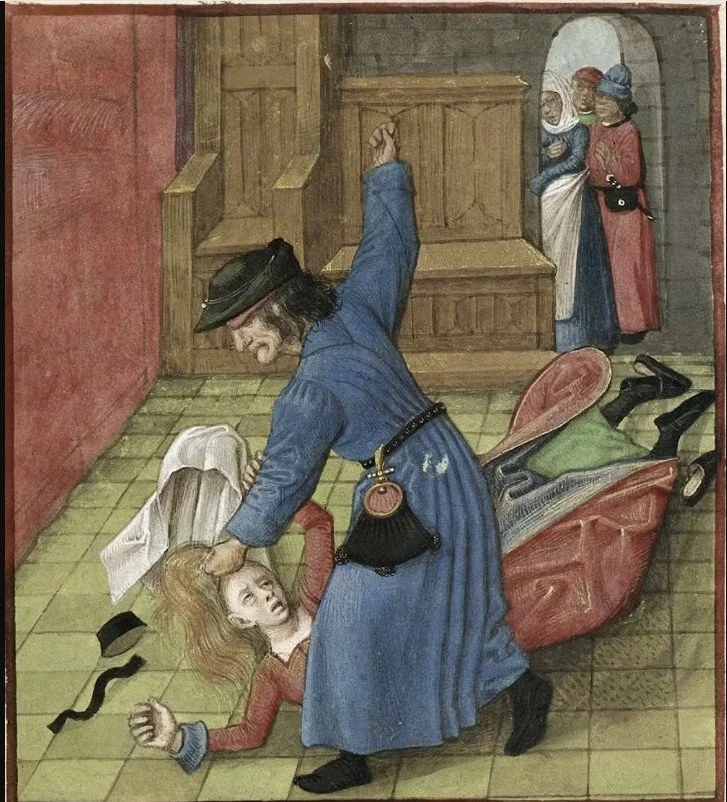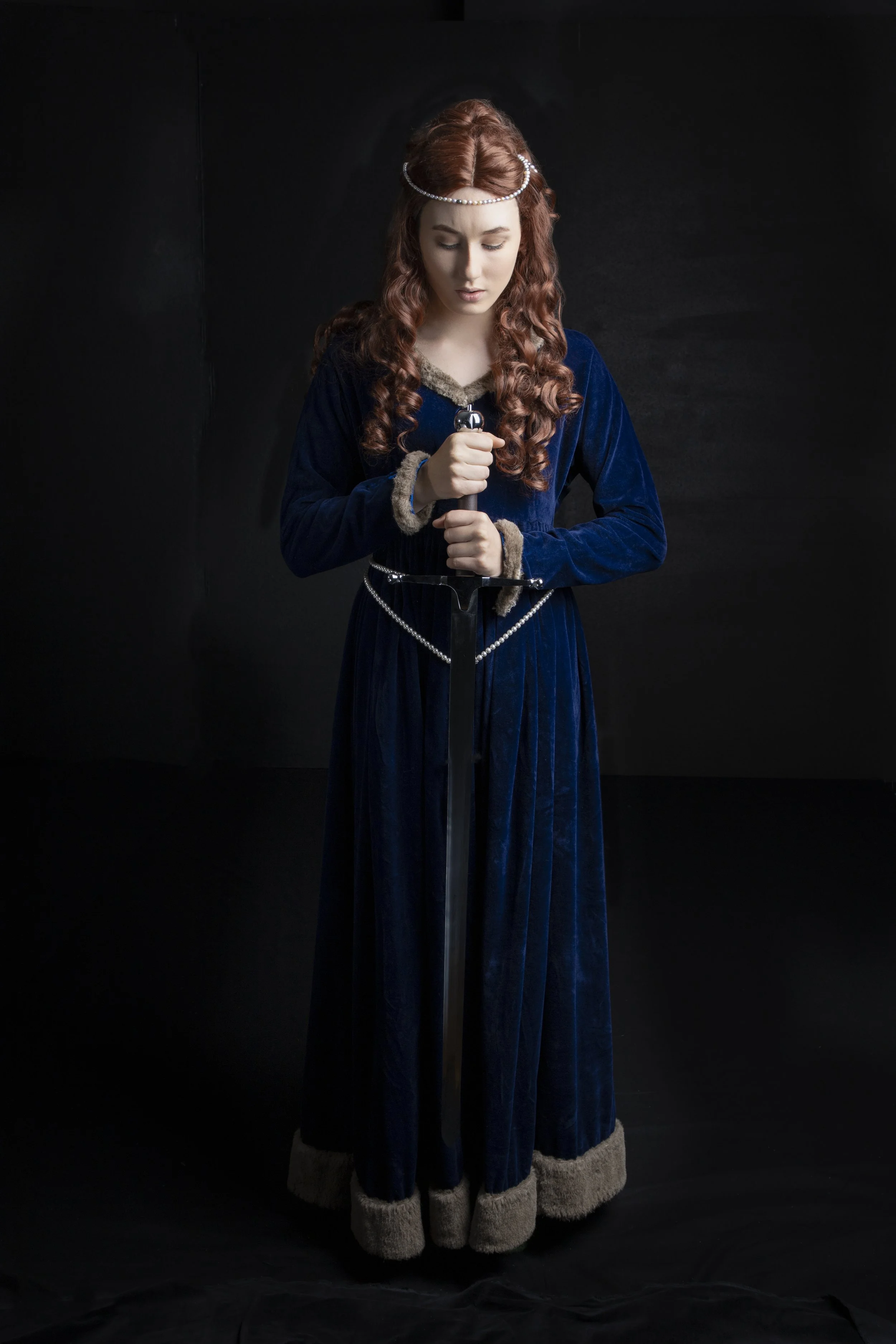WELCOME TO RACHEL’S BLOG
Scroll down to see the most recent posts, or use the search bar to find previous blogs, news, and other updates

Finalist in Book of the Year! 🥳
I was overwhelmed last night to receive this surprise email:
“I am pleased to announce that your book, Lady of Lincoln, is a Finalist in The Coffee Pot Book Club Book Of The Year Awards 2025.”
Lady of Lincoln is a finalist for Book of the Year Award with the Coffee Pot Book Club
I’m overjoyed and delighted. 🎊🎊🎊🎊🥂🥂🥂🥳🥳🥳
In particular, I’m so pleased that Nicola (Nicholaa) de la Haye’s story is gaining recognition! 🏰

LADY OF LINCOLN Cover Reveal!
I’m overjoyed to share the cover of my debut historical novel, LADY OF LINCOLN — a story inspired by one of England’s most extraordinary medieval women, Nicola de la Haye, and longlisted for the Chaucer Award for Historical Fiction.
A Woman Who Defied Kings
LADY OF LINCOLN opens in the twelfth century, amid brewing rebellion. This is the untold story of the eventful early life of a noblewoman and castellan who would become known as “the woman who saved England.”
Medieval England.
A Civil war.
A teenage heiress.
A disastrous marriage.
What happens when a girl expected to yield… chooses to lead?

Geoffrey de Mandeville – The Terror of Widows and Nuns
It was in the chaos of the Anarchy that one man carved out a reputation so dark that even in an age of violence, his name stood out: Geoffrey de Mandeville, Earl of Essex.
Geoffrey inherited immense lands and titles but he wanted even more, shifting loyalties between Stephen and Matilda whenever it suited him, extorting charters and privileges from both. When Stephen finally moved against him in 1143, Geoffrey unleashed a reign of terror across eastern England.
Chroniclers such as the Peterborough Chronicle and Orderic Vitalis described him as a robber baron, commanding brutal mercenaries who pillaged the countryside. Hardly chivalric, the man was a misogynist bully who preyed on the weak. For women, especially widows and nuns, he was the Devil’s own demon.

Novel Title Announcement on Michaelmas
In just one week, on Michaelmas (29 September), a day of great significance in the medieval world, I’ll be unveiling the title of my debut historical novel about the formative years of Nicola de la Haye, ‘The Woman who Saved England."‘
It’s a story of castles under siege, dangerous rebellions, and the woman history tried to silence… but who could not be erased.
Stay tuned for the title reveal!

Medieval Misogyny: Five Men Who Made Women’s Lives Miserable
This blog series uncovers the darker side of 12th-century power: the men whose actions towards women were so cruel that even their contemporaries condemned them.

Geoffrey of Anjou: The Handsome Count Who Founded the Plantagenet Dynasty (Died 7th September 1151)
On September 7, 1151, Geoffrey of Anjou — known as “le Bel” or “the Handsome” — collapsed with a sudden fever and died at just 38 years old.
He was never king. He never wore a crown.
And yet, Geoffrey Plantagenet shaped the medieval world more than many monarchs.
Without him, there would be no Henry II, no Richard the Lionheart, no King John and Magna Carta, and no centuries-long Plantagenet dynasty. Geoffrey’s story isn’t just a footnote — it’s the spark that set medieval England ablaze.

Bloodbath at the Lionheart’s Coronation
We remember Richard the Lionheart as a crusader king, a warrior who fought Saladin, and whose name resounded across Christendom. But for England’s Jews, his reign began in fire and betrayal.
Benedict of York’s story embodies that betrayal. Beaten at the doors of Westminster Hall, baptised by a friend who meant him no harm, denied even a grave among his people, his fate symbolises the peril of being both essential and despised in medieval England.

The Secret Is Out: The Heroine of Rachel’s Upcoming Novel is… Nicola de la Haye
My protagonist is Nicola (Nicholaa) de la Haye: the woman who saved England.
Nicola isn’t a creation of legend or folklore. She was real — a formidable 12th- and 13th-century noblewoman who defied the expectations of her age. She inherited power in her own right, commanded a castle garrison, and twice (at least) defended Lincoln Castle from siege.
Most famously, in 1217, when England teetered on the edge of conquest by Prince Louis of France, Nicola — then nearly seventy years old — refused to surrender her castle. She held the fortress until William Marshal’s army turned the tide in what chroniclers called the Battle of Lincoln Fair (or the Second Battle of Lincoln). Without her, England’s story might have ended very differently.

The Battle of Fornham: When a Countess Rode to War and Changed Medieval England Forever
In the mist-shrouded dawn of October 17, 1173, near the quiet Suffolk village of Fornham St. Genevieve, history was about to witness something remarkable. Not just another medieval battle between king and rebels, but the extraordinary tale of a countess who donned armor, took up lance and shield, and rode into battle alongside her husband against the Crown itself.
This is the story of Petronilla de Grandmesnil, Countess of Leicester – a woman whose courage would echo through the centuries, and whose fall into a muddy ditch would become one of the most memorable moments of medieval English warfare.
